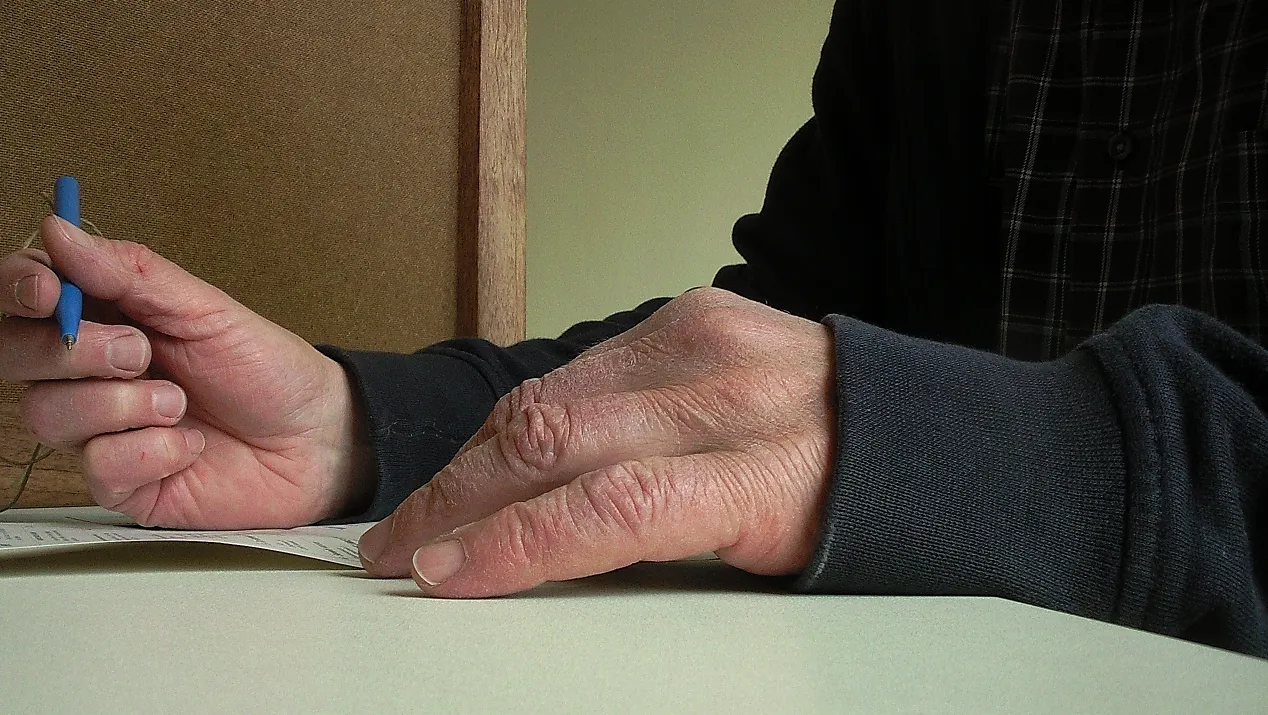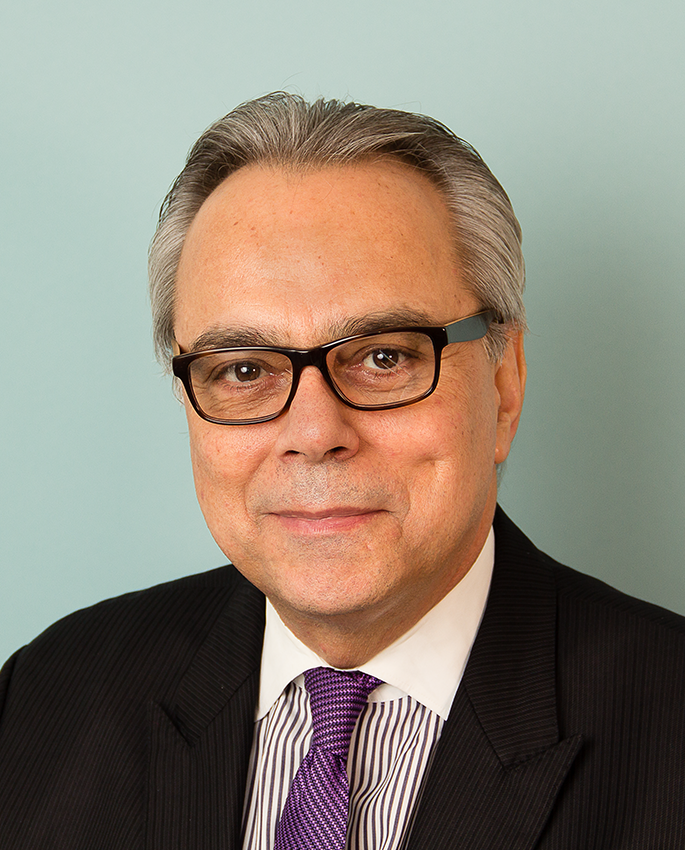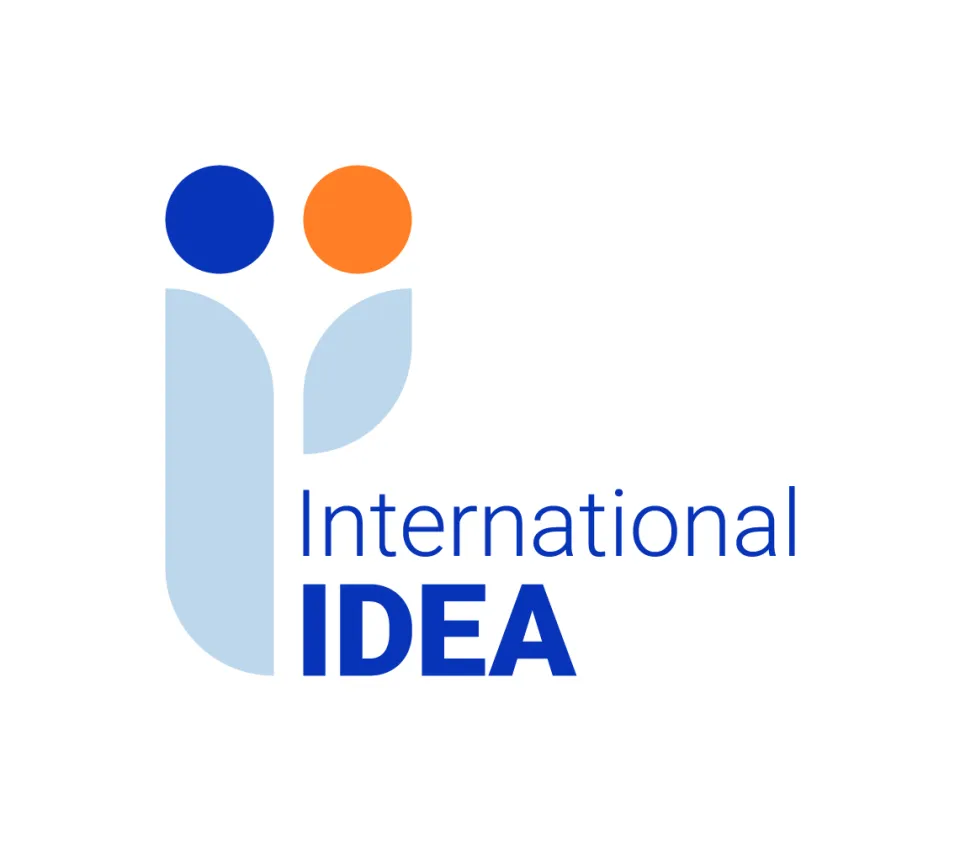The Costa Rican elections in the Latin American context

Disclaimer: Views expressed in this commentary are those of the staff member. This commentary is independent of specific national or political interests. Views expressed do not necessarily represent the institutional position of International IDEA, its Board of Advisers or its Council of Member States.
Este articulo se encuentra disponible en Castellano.
The uncertainty that characterized the Costa Rican electoral process until the very day of the elections was cleared up only partially last Sunday, 4 February 2018, as the results did not definitively clarify whether Costa Ricans want a significant change, or whether, instead, they prefer to see the party in power continue. The answer to this question will have to wait until Sunday, 1 April 2018, the date of the runoff election between Fabricio Alvarado, of the Partido Restauración Nacional (PRN), which finished first with 24.91 per cent of the vote, and Carlos Alvarado, of the party in power, the Partido Acción Ciudadana (PAC), which came in second, with 21.66 per cent.
The Costa Rican election marks the beginning of the 2018 Latin American electoral marathon, which includes five other presidential elections: Paraguay, April 22; Colombia, May 27; Mexico, July 1; Brazil, October 7, and Venezuela (which for now does not have a well-defined date). These six presidential elections are part of what I have been calling the super-cycle of Latin American elections: 14 presidential elections from November 2017 to November 2019 (two have been held to date, in Chile and Honduras).
The purpose of this article is to analyze the Costa Rican election in the Latin American context; I identify nine principal characteristics and trends that are present in Costa Rica as well as in the various Latin American experiences:
1. A high level of uncertainty and volatility. As in Chile and Honduras, uncertainty and volatility have been two major protagonists in these elections. The campaign was characterized by an electoral roller coaster. As a result, when February 4 came around, there was great uncertainty as to who would get the most votes; it seems that at least four candidates had real options to make it to the second round. The only thing certain was that no one would come close to the 40 per cent established by the election law to avoid a runoff.
To this complex and uncertain panorama was added the impact of the advisory opinion of the Inter-American Court of Human Rights (on marriage equality), which —in my opinion irresponsibly and without any sense of timing (with respect to the effect that its opinion could end up having on the campaign, as in fact happened)—it announced just weeks before election day. And as was to be expected, in a country in which nearly 70 per cent reject same-sex marriage, the message put out by Fabricio Alvarado in defense of the traditional family had a major impact. This “religious shock” changed the center-of-gravity of the debate (casting a shadow over issues such as the cement scandal (“cementazo”) and the critical fiscal deficit), and helped Alvarado move from 2 per cent support (according to the poll conducted by CIEP in November 2017) to 24.91 per cent (which he won on February 4), making him the candidate with the most votes in the first round. Carlos Alvarado also saw a major improvement, climbing from 4 per cent (as reflected in the November 2017 polls) to 21.66 per cent of the votes, enabling him to outperform the candidate of the Partido Liberación Nacional (PLN), finish in second place, and therefore move on to the second round.
2. Acute crisis and discrediting of the traditional parties. As in numerous countries of Latin America, this phenomenon is also present in Costa Rica. The electorate has shown distrust, weariness, and malaise with the traditional political forces (the PLN and the Partido Unidad Social Cristiana [PUSC]), which have been hit by corruption scandals and their inability to respond to the country’s main problems. These elections have buried the historical bipartisan political scene, since for the first time neither of the two forces that have held power in recent decades will be on the ballot in the runoff.
3. Greater fragmentation. The strong rejection of the historical parties brought about the emergence of new political forces, among them an evangelical movement, resulting in a high level of fragmentation characterized by independent candidates or candidates with an anti-system or populist discourse, or candidates with very good oratorical skills and a keen ability to identify issues that move societies, but that represent political parties that are very weak in terms of having a consolidated organizational structure. All this not only requires a second round, but also means (given that the makeup of the Legislative Assembly has been determined in the first round) that the presidents elected generally do not have a majority in Congress. This makes governability complex, with major clashes between the executive and legislative branches, as has happened in Brazil (resulting in the impeachment of Rousseff) and Peru (resulting in the frustrated attempt to remove Kuczynski), or the inability of the executive to carry out its projects because of the lack of sufficient legislative support. Indeed, this is one of the main obstacles that Costa Rica has been facing for some time now: the face-off between the executive and the legislature that has impeded the adoption of consensus-based measures to tackle, among other serious challenges, the constant increase in the fiscal deficit.
4. Again there was a surprise but this time it was two-fold. While in the 2014 election the victory of the PAC candidate, Luis Guillermo Solís, was a surprise, in the election just held the fact that both candidates with the surname Alvarado made it to the second round, knocking out the two traditional parties for the first time (they finished in third and fourth place), was a double surprise.
5. Growing importance of runoff elections. In recent years, most elections in Latin America have been decided in the second round (in those countries that have provisions for runoff elections): Colombia in 2014, Argentina and Guatemala in 2015, Peru in 2016, and Ecuador and Chile in 2017.
In the case of Costa Rica, it will have only its third runoff election (of a total of 17 presidential elections since 1953). While during the first 50 years there was never a need for a second-round election (1953-2001), in the last 16 years (2002-2018) three of the five presidential elections required a runoff to determine who the next president would be. This time, the polarization of the electorate forced a new political map in which an evangelical movement (PRN) and the party in power, the PAC, kept the traditional political parties (PLN and PUSC) out of the runoff. In view of all the foregoing, in my opinion, this second consecutive runoff election is evidence that the PRN and the PAC have become integrated into Costa Rican electoral politics.
6. Complex governability. The Costa Rican elections leave a complex legacy as regards governability, with a very divided legislature. With 14 legislators (of a total of 57) the PRN will be the second leading force in the legislature (after the PLN, with 17 seats). The PAC legislative delegation will have 10 legislators (three fewer than in the previous legislature), similar to the PUSC, which has nine. The other parties with legislative representation are the Partido Integración Nacional (4), the Partido Republicano Social Cristiano (2), and the Frente Amplio (1). While the number of parties in the Assembly has fallen off (from nine in 2014 to seven in 2018), none will have a majority. The result of this first round is a Legislative Assembly, once again highly splintered, with which the next president will have to contend.
7. Increase in abstentionism. Similar to what happened in the first and second round in Chile (2017), and what could happen in Colombia (among other countries), in Costa Rica abstention has once again been very high, at 34.34 per cent (the second highest in the last 60 years). In my opinion, abstentionism in Costa Rica has come to stay.
8. Employment, corruption, and crime. In addition to the serious fiscal deficit, these three issues (similar to what we see in other election campaigns) are at the center of the debate. Despite the economic growth achieved in the last four years (greater than 3 per cent, and therefore above the average for Latin America), unemployment is high, at 9.5 per cent (also greater than the average for the region). The mega-corruption scandals that have shaken up the region (the Car Wash scandal, known as Lava Jato in Portuguese, and Odebrecht), associated in some cases with political financing, also influence the political contexts. The Costa Rican election campaign has been marked, at least until January, by the “cementazo” scandal, which had a negative impact on the governing party and all three branches of government. Finally, crime is also one of the greatest challenges, as the number of homicides has increased significantly, reaching 12 per 100,000 population in 2016 (the highest in the country’s history).
9. The increasingly important role of the evangelical sectors. An evangelical preacher (Fabricio Alvarado) has succeeded in channeling the conservative vote, both evangelical Christian and Catholic, which favors the traditional family, forcefully rejecting same-sex marriage, making him the candidate with the most votes. The growing presence of the neo-Pentecostals in a considerable number of elections in Latin America should be noted: in 2015 evangelical Christian Jimmy Morales was elected in Guatemala; in Mexico, López Obrador has established an alliance with an evangelical party (PES) heading into the elections to be held July 1 this year; in Brazil, Jair Bolsonaro (second in the polls, after Lula) is flirting with those same sectors with a view to the October 2018 elections; and in Colombia, the political movement led by Senator (and former president) Uribe is doing the same. Yet it is in Costa Rica (of all the countries in the region) where, to date, evangelicals in politics have had a greater impact, as well-analyzed by the publication Semanario Universidad. It notes that 25 per cent of the votes for legislators went to evangelical Christian parties; 50 per cent of the legislators elected who are members of the Restauración Nacional party are evangelical pastors; and the presidential candidate (himself an evangelical pastor) came in first place in the first round and has a good chance of becoming the next president. Another important element to consider is that Fabricio Alvarado dominated in the districts with greater abstention and that are less developed.
10. Electoral institutions and political culture matter. The successful professional work of the Supreme Electoral Tribunal (one of the institutions with the greatest level of legitimacy and credibility in the country, and also enjoying great prestige in the region) has been fundamental for injecting peace of mind and, above all, trust in a tense and complex process. Election day proceeded in an absolutely normal manner; the speediness and transparency with which the results were reported on election night by the Supreme Electoral Tribunal, the absence of candidates proclaiming themselves the winners, before learning of the official results, and the quick acceptance of the official results by all the candidates, are some of the aspects that confirm not only the existence of an electoral institution that is highly professional and legitimate, but also the traditional democratic political culture for which Costa Rican society is known.
Conclusions
Costa Rica has experienced a confusing, complex, and unprecedented first round, above all if seen in light of the country’s electoral history, recalling it has been the most stable and longest-standing democracy in Latin America. The scenario in the short-term continues to be marked by uncertainty about the possible outcome of the runoff. While every second-round election is a new election, and the candidates don’t own the votes, Fabricio Alvarado starts out with a certain advantage. Yet the last word isn’t in yet, especially considering that the second round is held so long after the first round (55 days in Costa Rica) and that is so uncertain. In view of all these factors, the election is still up for grabs. As Semanario Universidad put it: “the country returns to the ballot box with few certainties, an expanding religious impact on politics, and a contrast among the different Costa Ricas.”
In the medium term, and independent of who emerges the winner on April 1, the problems of governability will be continue, since the next president will come to power with a high number of borrowed votes and without a broad base of support in a highly fragmented legislature. In summary, serious problems of governability appear to be on the horizon precisely when Costa Rica needs to tackle major, urgent challenges that will require tough adjustments to reduce the large fiscal deficit and respond effectively to the many citizen demands. In a highly fragmented political system, which apparently will continue to be highly fragmented, the Costa Rican presidential system must learn, urgently, to form coalitions not only to compete for votes, but also to govern.




